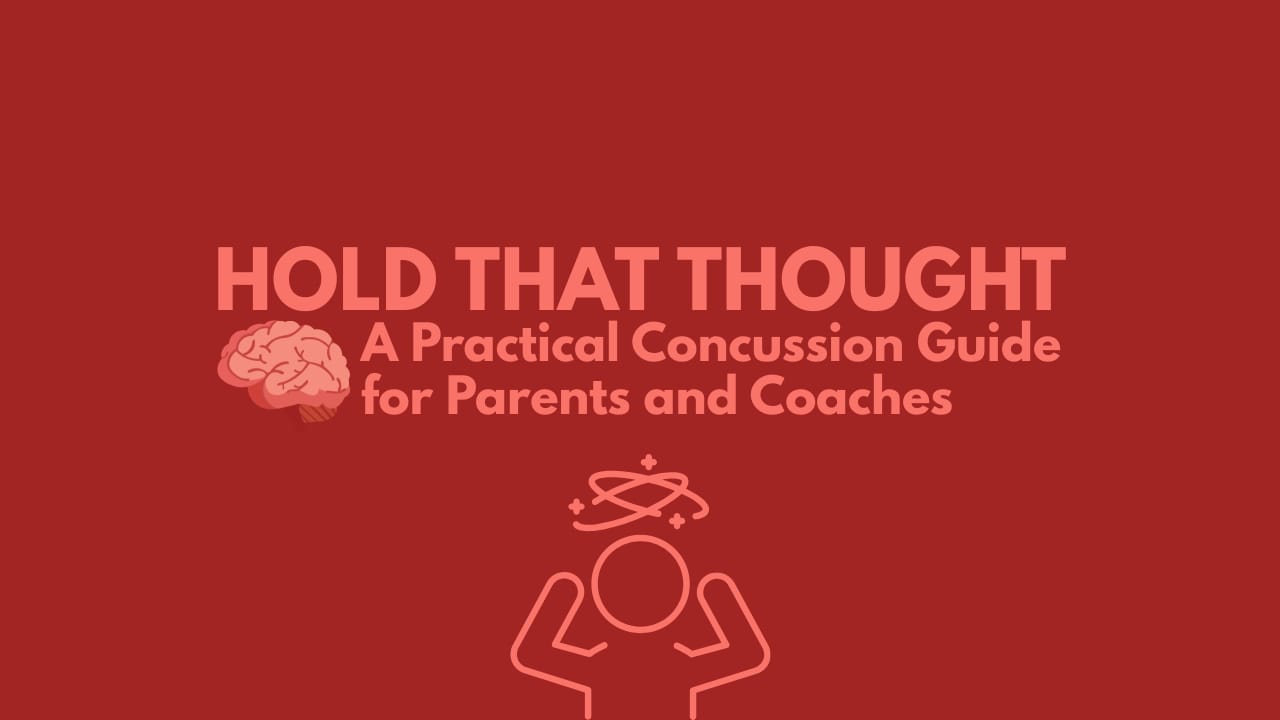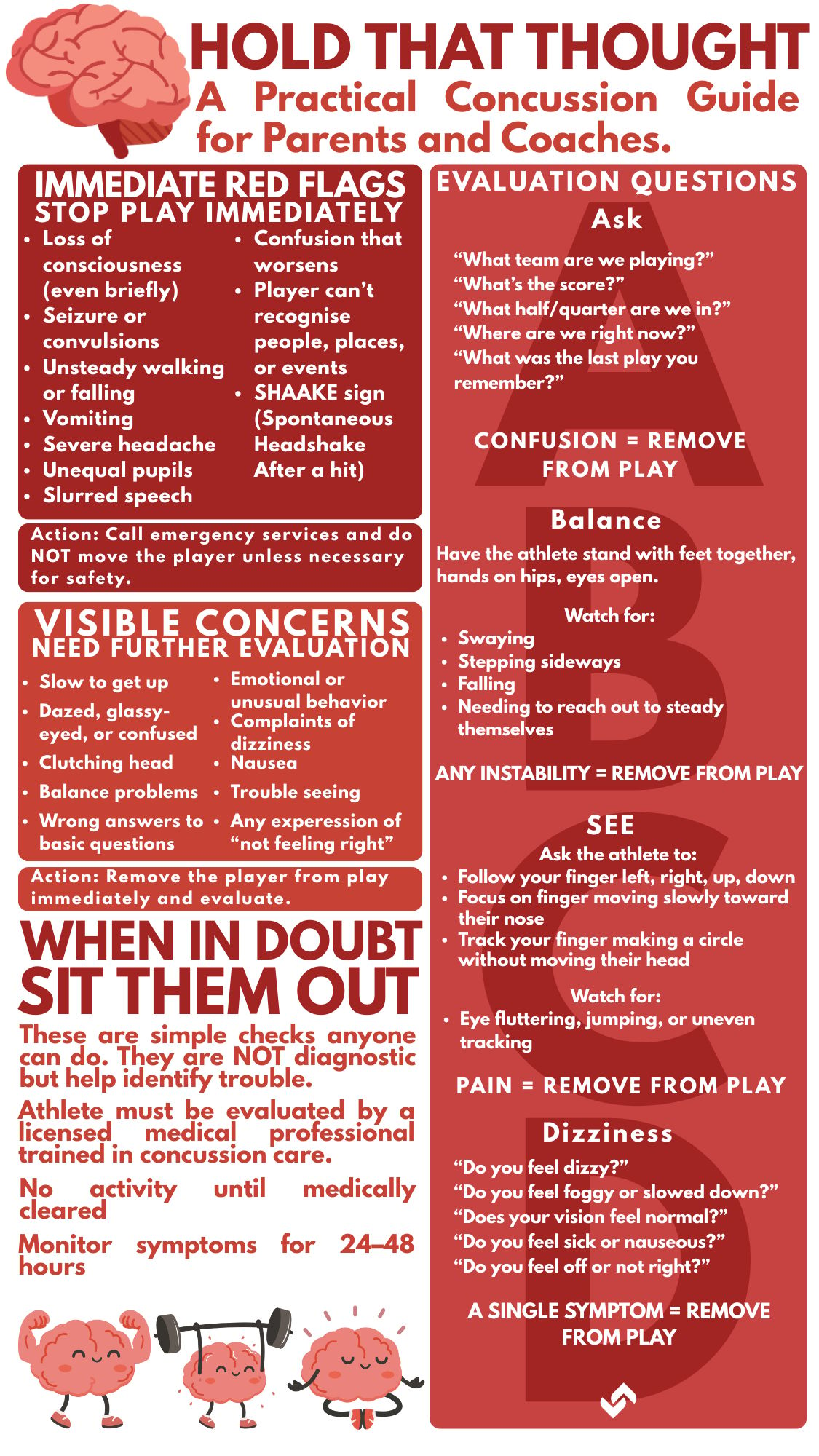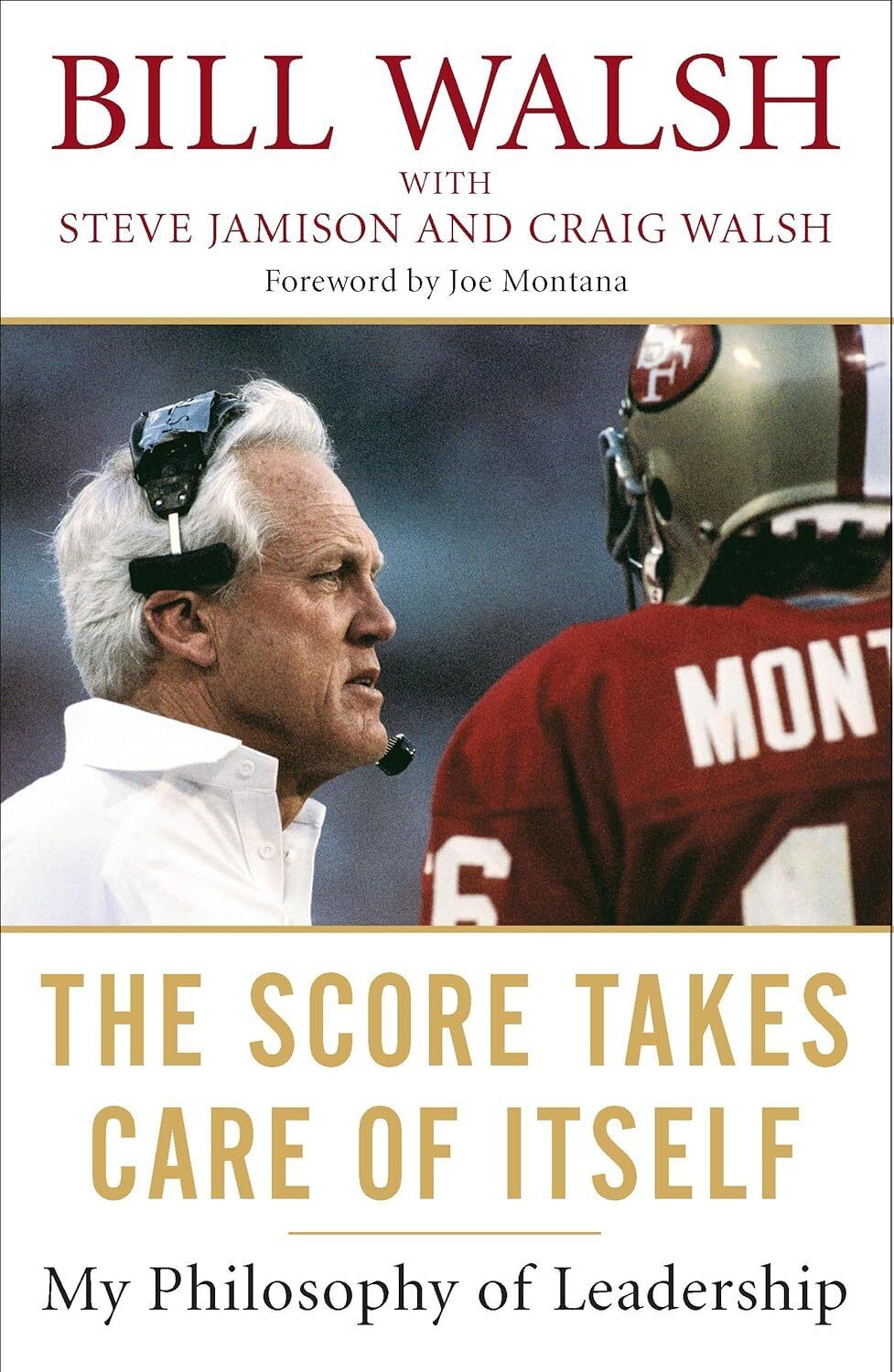- SportsVisio Lens
- Posts
- Behind the Lens 6: Head Injuries and Concussions
Behind the Lens 6: Head Injuries and Concussions
Some practical guidance on helping your players when a head injury occurs

Hey Coach -
December is a big month, many seasons are tipping off in the coming week.
We have some HUGE features coming in the next few weeks, and can’t wait to get you some of the things you’ve been asking for:
Points from the Bench - in our game analytics view you can compare the contributions of both teams non-starting 5
Points per Possession - in our game analytics view your points per possession.
Custom Playlists - create your own highlight reels or film session videos from individual clips in our Film Room. (This is our MOST asked for feature)
Until then, please read on for some practical ideas on how to respond to head injuries.
Have you ever been standing on the sideline, trying to decide whether this is one of those moments when you have to step in?
This decision comes with a mix of fear, responsibility, and urgency. You want to protect the athlete, but you also don’t want to over-react. Concussion symptoms are so often subtle or delayed. The decision can feel impossible.
The good news is that new research is giving parents and coaches clearer signs to watch for and a deeper understanding of what’s really happening inside the brain.
SHAAKE: Spontaneous Headshake After A Kinematic Event.
One of the most important developments is the identification of a visible sign of concussion called the SHAAKE, the “Spontaneous Headshake After a Kinematic Event.” In simpler terms: if an athlete takes a hit or falls and then, within seconds, shakes their head quickly side-to-side as if trying to “clear the cobwebs,” that movement may actually be an early neurological response to brain stress.
Studies show that this head shake occurs in a large portion of athletes who end up being diagnosed with concussion, and when it appears, there is a strong likelihood that the brain has been affected. For parents and coaches it’s something you can see immediately, without equipment, and without needing the athlete to share anything. If you notice it, it’s a reason to pull the player aside for a proper medical evaluation.
New Research Points to Multiple Recovery Paths
At the same time, concussion research is moving beyond the idea that all concussions look the same. Scientists now understand that there are multiple “subtypes,” depending on which parts of the brain are affected.
Another important area of research involves blood biomarkers, molecules released into the bloodstream when brain cells are stressed or injured. Studies in adolescents show that levels of certain proteins can differ depending on sex and can be linked to specific types of symptoms.
For families and coaches, this means recovery should be tailored, not one-size-fits-all
Take Time with Recovery
Perhaps the most sobering finding and the one that most affects families is that the brain’s full recovery often lags behind the visible signs of improvement. Athletes may feel normal and pass basic tests long before deeper structures of the brain have healed.
All of this points to a larger truth: the sideline decisions you make as a parent or coach matter profoundly. When you remove an athlete after a suspected concussion, you’re protecting their long-term health. When you listen to a child who says, “I just don’t feel right,” or when you insist on a gradual return to school and sport, you’re giving their brain the time it needs to truly heal. When you watch closely for signs like the SHAAKE, confusion, balance issues, or emotional changes, you’re acting as the first line of defense in a situation where minutes can make a difference.
For some helpful tips on navigating this moment, refer to the poster below for a guide to recognizing symptoms. Download here.

Recommended Reading
This is one of my favorite books on leadership, and despite it being written by a football coach, I think it’s relevant for any parent, leader and coach.
Bill Walsh’s The Score Takes Care of Itself argues that sustained success comes from a commitment to standards rather than an obsession about outcomes. Walsh rebuilt the 49ers by defining clear expectations for behavior, preparation, communication, and performance at every level of the organization. He believed that if everyone consistently upheld these standards, execution would naturally improve, confidence would grow, and winning would follow. The book blends leadership lessons, culture building, and personal discipline into a simple philosophy: focus on doing things the right way every day and the results will eventually reflect that work.

Reference
Coach Mode Overview:
Manager Roster and Upload Games:
Meet your New Assistant:
Advanced Data and Analytics:
How to Share Access
Film Room Demo
If you haven’t purchased Coach Mode yet, you can do so here: Get Coach Mode.